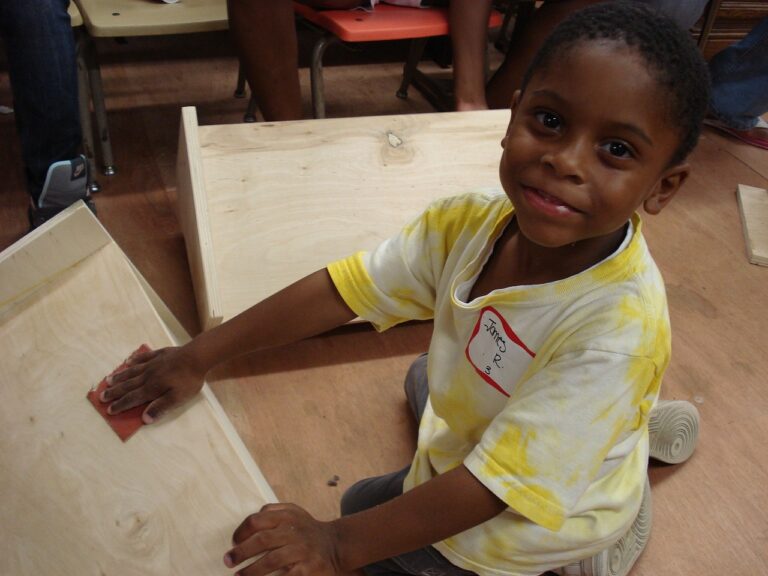Exploring Competency-Based Education
Competency-based education offers a personalized learning experience tailored to individual students’ needs. By allowing students to progress at their own pace and demonstrate mastery of specific skills, this approach promotes a deeper understanding of the subject matter. This method provides a more flexible and efficient way for learners to achieve their educational goals, leading to increased student engagement and motivation.
Additionally, competency-based education focuses on learning outcomes rather than time spent in a classroom. This shift in focus allows students to focus on mastering real-world skills and knowledge, preparing them for success in their future careers. By emphasizing mastery of competencies, students develop a deeper understanding of the material and are better equipped to apply their learning in practical situations.
Key Components of Competency-Based Education
Competency-based education focuses on student mastery of specific skills and knowledge rather than traditional methods of measuring academic progress. One key component of competency-based education is personalized learning plans tailored to each student’s unique strengths and areas for improvement. These individualized plans allow students to progress at their own pace, ensuring that they have a solid grasp of the material before moving on to more complex concepts.
Another essential component is frequent feedback and assessment. Students are regularly evaluated on their understanding of the competencies being taught, providing them with immediate insights into their progress. This ongoing assessment not only helps students stay on track but also allows educators to identify areas where additional support may be needed. By incorporating these key components, competency-based education offers a dynamic and effective learning approach that caters to the diverse needs of students.
What are the benefits of Competency-Based Education?
Competency-Based Education allows students to progress at their own pace, master skills before moving on, and receive personalized support. It also focuses on real-world skills and promotes a deeper understanding of concepts.
What are the key components of Competency-Based Education?
The key components of Competency-Based Education include clear, measurable learning objectives, personalized learning paths, assessments tied to learning outcomes, flexible pacing, and ongoing feedback and support.
How does Competency-Based Education differ from traditional education?
Traditional education is often based on seat time and a one-size-fits-all approach, while Competency-Based Education focuses on mastering skills and advancing based on individual progress. It allows for more flexibility and personalized learning experiences.
How can educators implement Competency-Based Education in their classrooms?
Educators can implement Competency-Based Education by clearly defining learning objectives, creating personalized learning plans for students, using assessments aligned with learning outcomes, providing ongoing feedback and support, and allowing for flexible pacing.
What are some challenges associated with implementing Competency-Based Education?
Some challenges associated with implementing Competency-Based Education include the need for teacher training and support, overcoming traditional education models and mindsets, ensuring equity and access for all students, and developing valid and reliable assessments.





